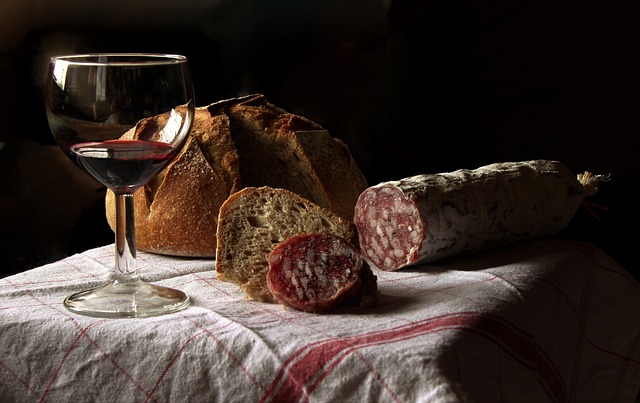
Germany, renowned for its rich winemaking traditions, has a fascinating history deeply intertwined with the monastic communities that flourished during the Middle Ages. This period witnessed the rise of monastic winemaking, contributing to the development of German medieval wine culture. In this article, we delve into the captivating story of how monastic orders played a pivotal role in shaping Germany’s winemaking heritage, exploring their techniques, influence, and enduring legacy.
Introduction to German Medieval Wine Culture
The Middle Ages in Germany were a time of remarkable growth and influence for monastic orders. Among their numerous contributions to society, one of the most significant was their role in advancing the art of winemaking. Explore the rich heritage of German medieval wine culture and the impact of monastic winemaking.
The Role of Monastic Orders in German Winemaking
During medieval times, monastic orders such as the Benedictines, Cistercians, and Augustinians established vineyards and monasteries across Germany. These religious communities cultivated vineyards, developed innovative winemaking techniques, and played a pivotal role in shaping the nation’s wine industry.
Techniques Employed by Monastic Winemakers
Monastic winemakers introduced several techniques that revolutionized German winemaking. From the cultivation of new grape varieties to advancements in vineyard management, their expertise and dedication helped produce exceptional wines. Explore the various techniques employed, such as selective harvesting, fermentation processes, and aging methods.
The Influence of Monastic Orders on German Wine
The influence of monastic orders extended beyond winemaking techniques. They acted as important custodians of knowledge, preserving and propagating grape cultivation and winemaking expertise. Their monasteries became centers of learning, facilitating the dissemination of viticultural knowledge to neighboring regions.
The Legacy of Monastic Winemaking
Centuries later, the legacy of monastic winemaking in Germany endures. Many renowned wineries and vineyards trace their origins back to medieval monastic foundations. The distinctive characteristics of German wines today owe their existence to the dedication and innovation of these early winemakers.
Discovering German Medieval Wine Culture Today
For those seeking to immerse themselves in German medieval wine culture, numerous vineyards and wineries offer a glimpse into this fascinating era. Wine tours, tastings, and historical sites provide a unique opportunity to explore the traditions, techniques, and stories that shaped German winemaking.
The rise of monastic winemaking during the Middle Ages played a vital role in shaping German medieval wine culture. The techniques pioneered by monastic orders and their dedication to excellence continue to influence Germany’s winemaking industry today. By preserving and propagating their viticultural knowledge, these early winemakers established a legacy that thrives in the remarkable wines produced across the country. Embark on a journey through time, exploring the enduring enchantment of German medieval wine culture and the monastic orders that left an indelible mark on the nation’s winemaking heritage.
Related articles:
Liebfraumilch Wine
German Wine Label Guide
German Eiswein
Roots of German Winemaking
German Wines
German Prädikatswein System
